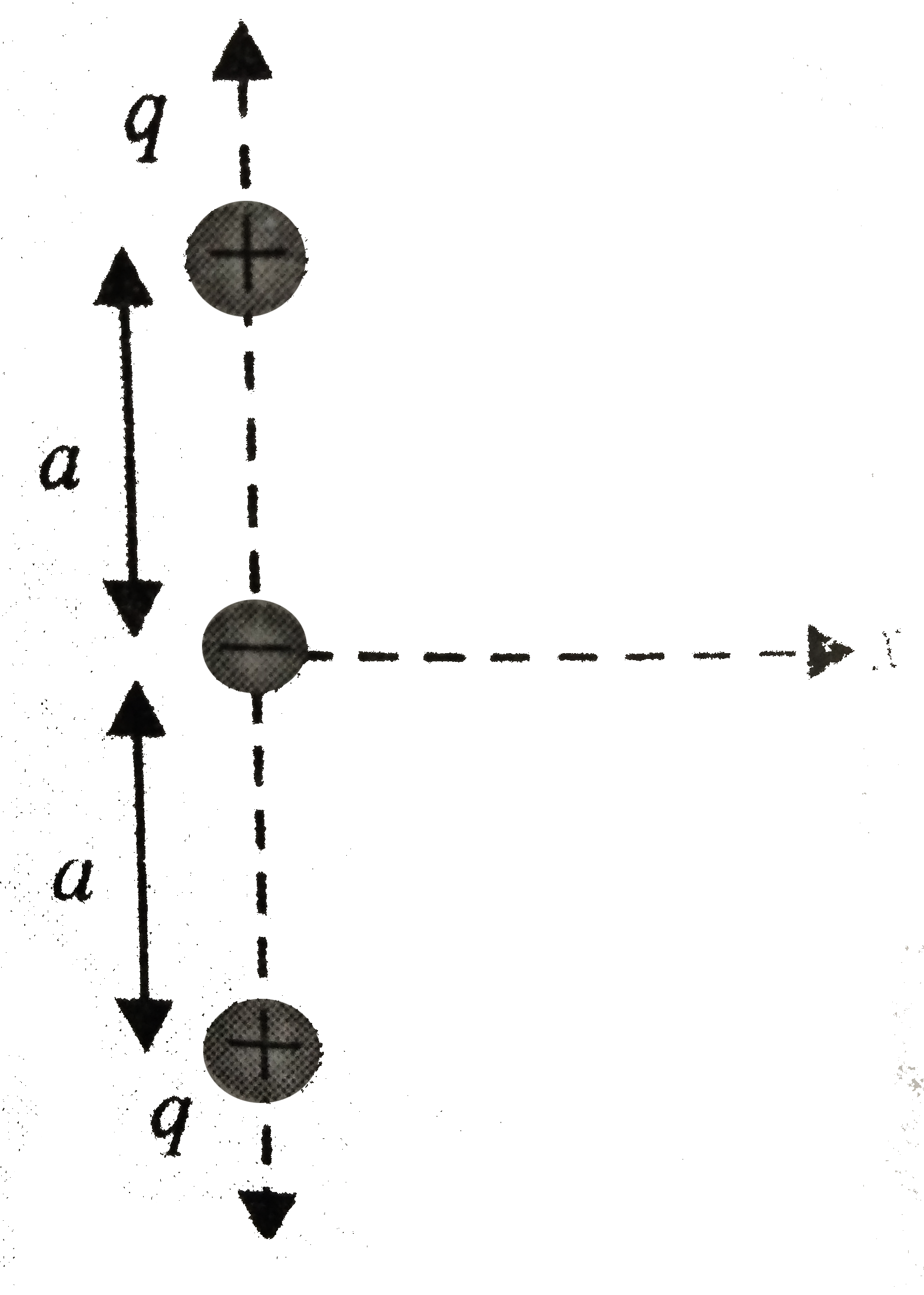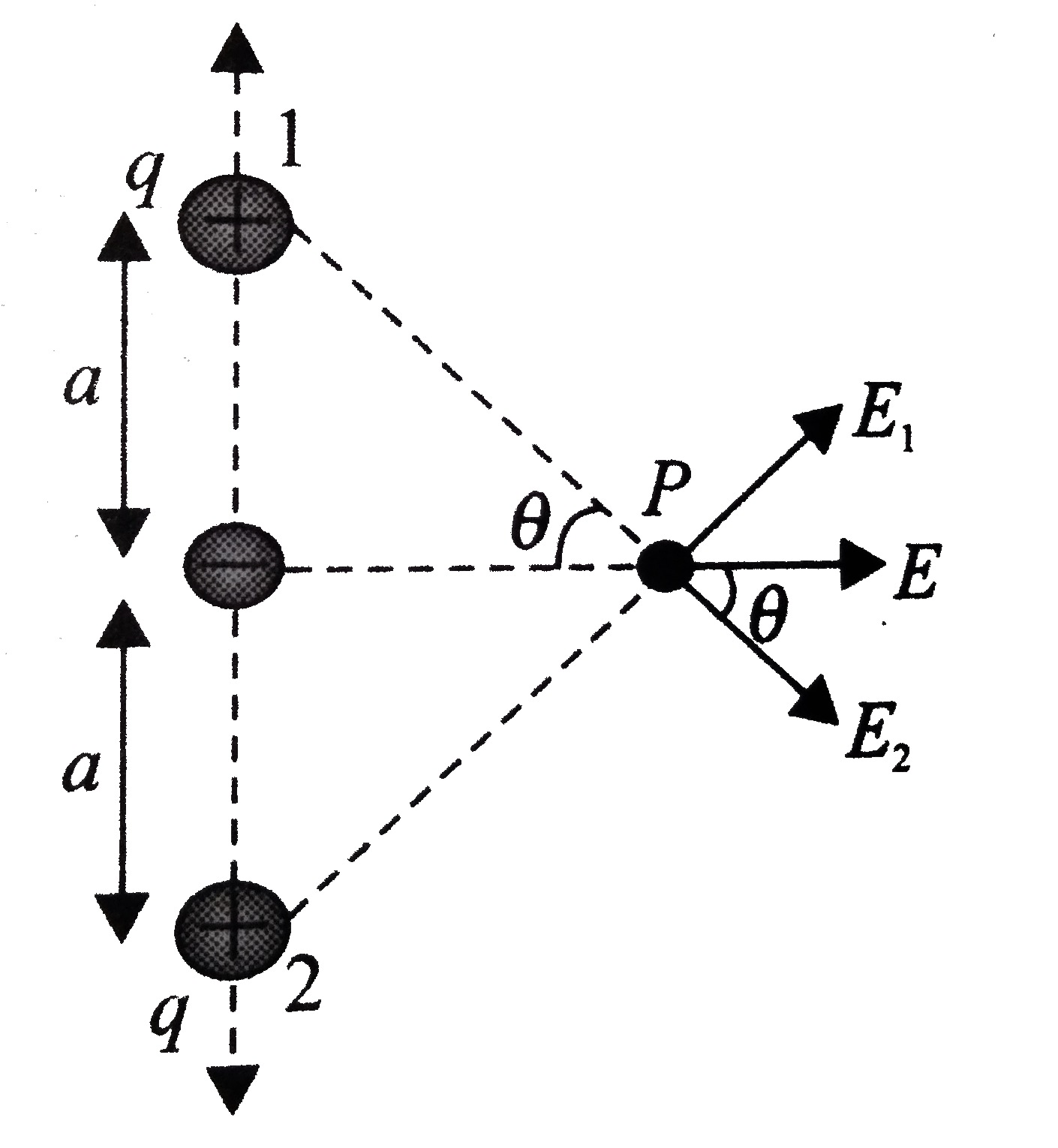Text Solution
Verified by Experts
|
Topper's Solved these Questions
COULOMB LAW AND ELECTRIC FIELD
CENGAGE PHYSICS|Exercise Subjective|32 VideosView PlaylistCOULOMB LAW AND ELECTRIC FIELD
CENGAGE PHYSICS|Exercise Single Correct|47 VideosView PlaylistCOULOMB LAW AND ELECTRIC FIELD
CENGAGE PHYSICS|Exercise Solved examples|10 VideosView PlaylistCOMMUNICATION SYSTEM
CENGAGE PHYSICS|Exercise QUESTION BANK|19 VideosView PlaylistCurrent Electricity
CENGAGE PHYSICS|Exercise QUESTION BANK|40 VideosView Playlist
Similar Questions
Explore conceptually related problems
CENGAGE PHYSICS-COULOMB LAW AND ELECTRIC FIELD-Exercises
- In fig. a plastic rod in the form of circular are with charge +Q unfor...
Text Solution
|
Play - Figure shows that E has the same value for all points is front fo an i...
02:59
|
Play - Figure shows the tracks of three charged particles in a unform electro...
02:45
|
Play - Three small spheres x,y, and z carry charges of equal magnitudes and w...
02:44
|
Play - Two identical positive charges are fixed on the y-axis, at equal dista...
09:27
|
Play - An electric field is defined in terms of q(0) a small positive charge....
01:15
|
Play - Three identical positive charges Q are arranged at the vertices of an...
05:31
|
Play - Two point charges +5xx10^(-19)C and +20xx10^(-19)C are separated by a ...
02:35
|
Play - An electron (mass m(e ))falls through a distance d in a uniform electr...
02:23
|
Play - Two charged metal plates in vacuum are 10cm apart. A uniform electric ...
03:35
|
Play - Two idential point charges Q are kept at a distance r from each other....
07:03
|
Play - Two point electric charges of unknown magnitudes and signs are placed ...
06:27
|
Play - Two pieces of plasitic a full ring and a half ring, have the same radi...
02:35
|
Play - A droplet of ink in an industrial ink-jet printer carries a charge of ...
00:54
|
Play - Two particles A and B having charges 8.0 xx 10 ^(-6) C and -2.0 xx 1...
05:21
|
Play - Two point charge +-q are placed on the axis at x= -a and x= +-a, as sh...
12:16
|
Play - Two point-like charge a and b whose strengths are equal in absolute va...
Text Solution
|
Play - An electron moving in a gravitational free space enters a unifrom elec...
05:55
|
Play - Protons are projected with an initial speed v(i)=6kms^(-1) from a file...
Text Solution
|
Play - Two indentical point charges having magnitude q each are placed as sho...
04:53
|
Playing Now

 .
.